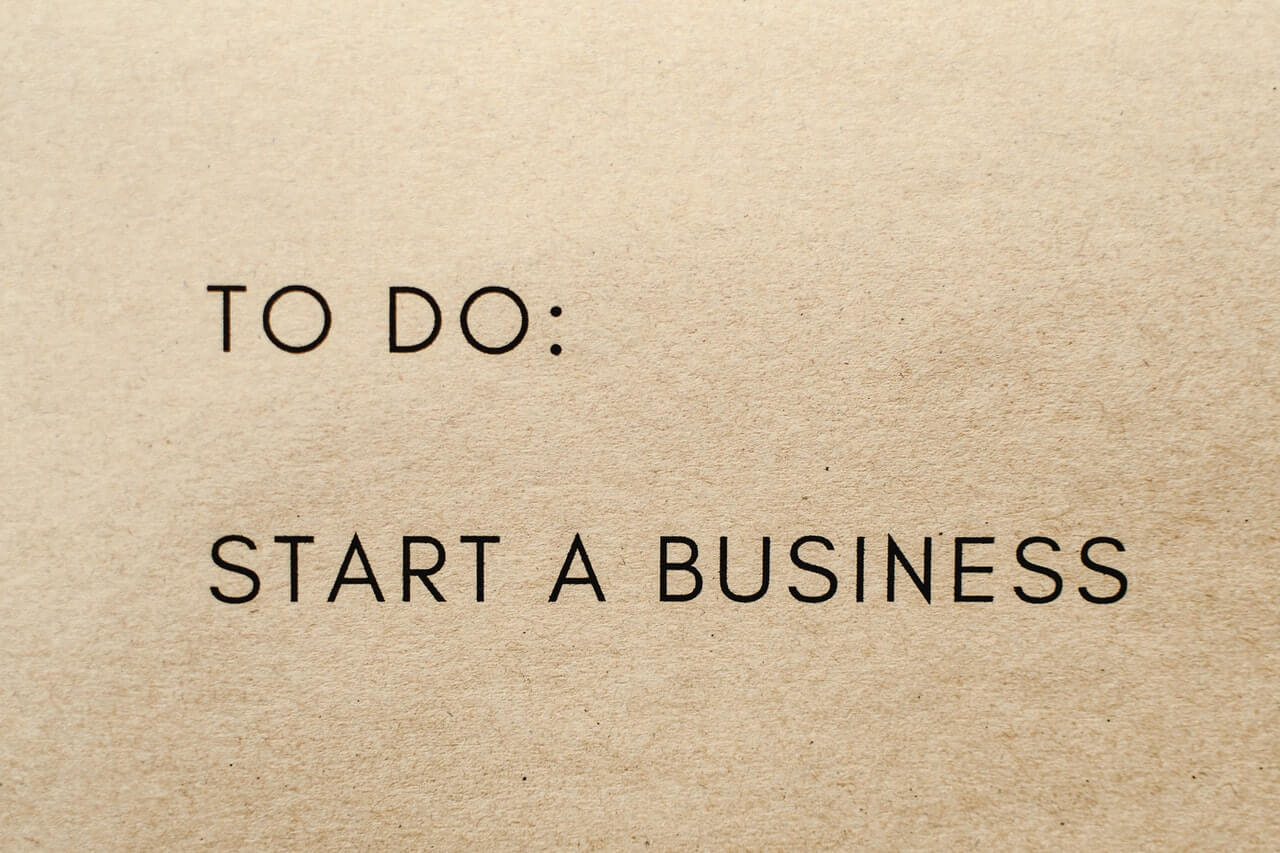The Consultants Development Institute is offering a complete, online series to teach how to facilitate strategic planning for any type of organization. The series Facilitating Strategic Planning includes a pro bono Audit Track with unlimited enrollment. In that Audit Track, you get free access to all of the courses, tools, assignments and discussion forums with …
Starting a Business/
Business Planning
Moneyball and the Work of the Strategist Paul DePodesta was recently named the Chief Strategy Officer by the Cleveland Browns of the National Football League. This is significant because, as any fan of Moneyball knows, Mr. DePodesta has spent his career in the sport of baseball, not football. This matters to the community of strategic …
To engage in strategic thought, you must think and reflect on the big picture—on the diverse players and forces in your competitive environment. Anticipate the future. Use your right brain for intuition and wisdom, your left for planning. As Isaac Newton said “truth is the offspring of silence and meditation.” Here are 50 tips and …
When you are faced with the most important and strategic decision of your life, where can you go for wisdom? Can you find insight in a book of history? Facing a world in crisis, John F. Kennedy did just that. Generally, we learn skills by trying something, failing, and trying again until we get it …
The results are in – Execution trumps strategy. Your business plan may have great strategies, but it will be a great failure if executed poorly. So just hire the right people, right? Turns out the answer is not what you think. At least according to a recent Harvard Business Review Article. Five Myths About Effective …
Now here’s a frank perspective: Balance doesn’t work. So don’t even try. Accept the fact that the only way to really make something happen is to go “full out” at it, with everything you have.
Last week, I attended a celebration for B corps in Colorado. These are for-profit companies certified by a nonprofit called B Lab for achieving social and environmental goals along with business ones. What I noticed differently from other discussions among B Corps in the past, was a stronger focus not only on this vibrant community …







